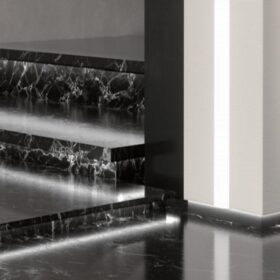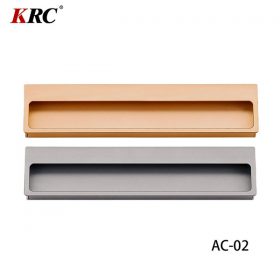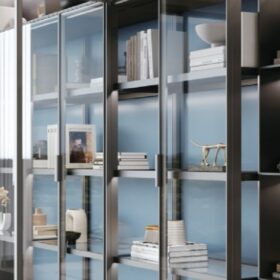Aluminum Door Frame Profiles- A Comprehensive Guide
Aluminum Door Frame Profiles: A Comprehensive Guide is an indispensable resource for anyone involved in the door and window industry. This comprehensive guide provides a wealth of information on aluminum door frame profiles, including their types, materials, manufacturing processes, and applications.
Types of Aluminum Door Frame Profiles
Aluminum door frame profiles come in various types, each with its own unique characteristics:
– Extruded Profiles: These profiles are created by pushing heated aluminum alloy through a die to form the desired shape. They offer high strength and durability, making them ideal for heavy-duty applications.
– Rolled Profiles: These profiles are formed by passing aluminum coils through a series of rollers to reduce its thickness and shape them into the required dimensions. They are lighter and more flexible than extruded profiles.
– Hybrid Profiles: These profiles combine the strengths of both extruded and rolled profiles. They feature a high-strength extruded core and a rolled exterior, providing a balance of durability and flexibility.
Materials and Alloys
Aluminum door frame profiles are typically made from aluminum alloys, which offer a range of properties:
– 6061 Alloy: This is a versatile alloy that offers good strength, corrosion resistance, and weldability.
– 6063 Alloy: This alloy is characterized by its high strength and excellent corrosion resistance, making it suitable for coastal areas and other harsh environments.
– 6005 Alloy: This alloy is known for its high formability and cost-effectiveness, making it an ideal choice for decorative applications.
Manufacturing Processes
Aluminum door frame profiles are manufactured using specialized processes:
– Extrusion: In this process, heated aluminum alloy is pushed through a die to create the desired cross-section. The resulting profiles can be straight or curved.
– Rolling: This process involves passing aluminum coils through a series of rollers to reduce their thickness and shape them into the desired dimensions.
– Cutting: Profiles are cut to the required lengths using specialized saws or water jets to ensure precision and accuracy.
– Finishing: After cutting, profiles undergo finishing processes such as anodizing, powder coating, and painting to enhance their appearance and durability.
Applications
Aluminum door frame profiles find applications in a wide range of settings:
– Residential Buildings: They are commonly used in residential homes, apartments, and condos due to their durability, low maintenance, and aesthetic appeal.
– Commercial Buildings: Aluminum door frame profiles are ideal for commercial buildings such as offices, retail stores, and hospitals due to their high strength, fire resistance, and easy cleaning.
– Industrial Applications: They are also utilized in industrial settings, such as factories and warehouses, where durability, corrosion resistance, and fire safety are paramount.
-
2024-09-14Exploring the Different Types of Modern Closet Door Pulls and Their Applications
-
2024-09-14How Cabinet Door Pull Handles Support High-Traffic Areas
-
2024-09-06Cost-Benefit Analysis of Investing in High-Quality Long Wardrobe Door Handles
-
2024-09-04How Flat Cabinet Handles Enhance Modern Interior Design
-
2024-11-29Top Trends in Modern Kitchen Cabinet Pulls for 2024
-
2024-11-28The Ultimate Guide to Modern Kitchen Cabinet Pulls- Materials, Styles, and Tips
-
2024-11-27Elevate Your Kitchen Design with These Must-Have Modern Cabinet Pulls
-
2024-11-26Sleek and Stylish- The Best Modern Kitchen Cabinet Pulls for a Contemporary Look






